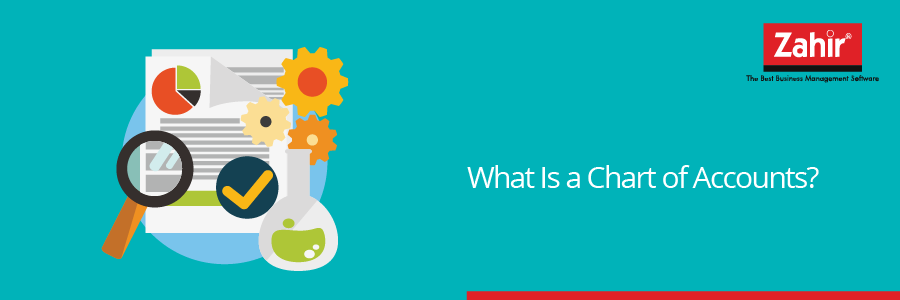Chart of account is used by a company to organize their finance and separate expenditures, revenue, assets, and liabilities to have a clear description of the company financial condition. Chart of account is an index of the financial accounts uses in the accounting system and posted in general ledger. A chart of account is a tool to overview your business account and show your money cash flow, forecast, reduce business cost, and helps you to organize your money.
Keeping the record accuracy of business transaction is vital. You must record the money going in and out into your business. A chart of account is divided into 5 parts:
- Assets. The resources a company has. Some examples are cash, equipment, and vehicles.
- Liabilities.The debts the company owes to others.
- Equity. Is company’s assets minus its debts. Basically, there are 3 basic entities: sole proprietorships, corporations, and flow-through entities
- Revenue. The income from selling the product or service and excludes from any other sources not related to the main business.
- Expenses. Related to the products the business made.
The accounts in the chart of accounts depend on the business scale. Small business will have smaller charts than the big one. If you run transportation business, you will have fuel expenses account for vehicle repairs.
To create a chart of account, set a group of number to each of the five categories. Then, number each account to match the category. For instance, your asset is 100 – 199, since cash is under asset category, number it in 100s.
An accounting software has the account classification and subclassification based on the account category. For instance, the system will categorize all cash accounts in 100 – 199, account receivable in 120-129, etc.
The chart of account is not a financial statement. It is the established account list to manage the company transaction.




